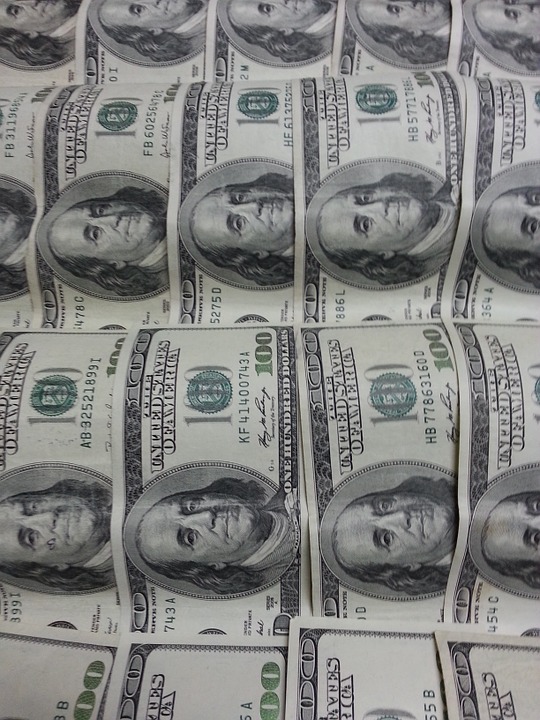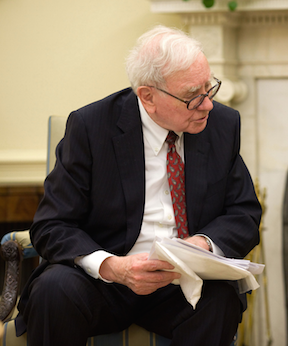Twitter (TWTR) took a huge dump a few days ago on July 27 when it reported earnings, and by the end of the day, the stock dropped by around 14% from the previous day’s close. A couple weeks ago, it had been trading over $20 a share, and now it is less than $16 a share, at the time I am writing this.
The company reported negative earnings, as usual, so why is it a screaming buy? Let’s start off with the company’s biggest asset, President Donald Trump. Yes, Trump provides an advantage to Twitter that no other company has. He tweets almost every single day, and on many days, he tweets multiple times a day. No other president, or for that matter, no other head of state, has ever tweeted so much in the history of mankind. (You know what I mean.) Trump doesn’t use Facebook, he doesn’t use LinkedIn, he doesn’t use Snapchat, he doesn’t use Instagram, he doesn’t use any of the other social media platforms, he doesn’t even send out mass emails. He uses Twitter.
Trump is Twitter’s Biggest Asset
So, the President of the United States is providing free advertising for the company. Imagine the free advertising that Blue Apron would get if Trump ordered from them every day (and told everyone about it).
One of these days, someone is going to figure out how to monetize this unique feature. It may or may not be Jack Dorsey, Twitter’s CEO. It may or may not be Anthony Noto, Twitter’s COO. Or it may be someone new that the company brings in. But someone is going to do it.
Earnings?
But what about earnings? Yes, Twitter hasn’t been generating a profit. But look at Facebook (FB). The company lost $56 million back in 2008, and finally turned it around in 2009 with net income of $229 million. Everyone complains about Amazon (AMZN) not making any money. It lost $278 million in 2014 then showed a profit of $618 million the following year. LinkedIn generated losses in 2010 and 2011, then went profitable in 2012.
Here’s the thing about earnings. When you have income, you have to pay taxes. Once that money is paid out to the IRS, it is dead money; it is money that doesn’t benefit the company. However, applying excess cash flow to tax deductible expenditures, such as more employees, buildings, equipment, machinery, research and development, marketing, and advertising, will benefit the company. These expenses help the company grow and keep taxes low. As long as revenues keep increasing, it pays off in the end, as it did for Facebook, LinkedIn, and Amazon. (Yeah, yeah, I know, Amazon has an outrageously high price-to-earnings ratio and forward P/E, but look at the growth rate of revenues and earnings. Income for the latest fiscal year spiked 292% over the previous year.)
6 Revenue Increasers
But what can Twitter specifically do to increase revenues and earnings? Here is a list of suggestions.
- Offer ads that appear by every tweet made by Trump. These ads could appear either above or below the tweet, or both.
- Offer ads that appear by every major celebrity tweet, especially those with over a million followers.
- When you check your lists, there should be an ad above or below the lists.
- In the left hand column, under Trends for You, an ad should be available to advertisers. It would not be intrusive to users who first log on, but would be a great location for advertisers when users scroll down.
- Aggressively go after major advertisers to pay for promoted tweets (Amazon book of the day, Wal-Mart deal of the day, Priceline travel deal of the day, etc.)
- Set up a Tweet Bank. There are tweets that I want to save that have interesting links, gifs, or pictures. However, when I look for them after a month or two, they are very hard to find, even if I check my Like list. It would be nice if there was a little Save icon next to the Direct Message icon, where I could save the tweet into my Tweet Bank. (This isn’t really a profit making suggestion, just a user enhancement making idea.)
By the way, this is not a stock recommendation (in spite of what the title of this article says). I never give investment advice. This is just a suggestion for your own research and entertainment.
One of these days, Twitter will turn around. The bird will fly. It’s just a matter of who, what, and when.
Disclosure: Author owns TWTR and AMZN.







